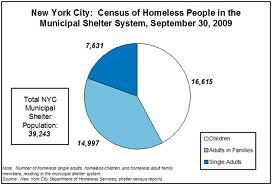Philadelphia Abortion Arrests – What The Media Missed

Dr. Kermit Gosnell, 69, is charged with eight counts of murder, including one woman and seven infants
With this week’s arrest of Dr. Kermit Gosnell and the truly gruesome allegations about the conditions and procedures at the Philadelphia abortion clinic he operated, the media has been forced to navigate coverage of a polarizing and inherently politicized topic.
Some outlets and writers, like the Associated Press’ superlative David Crary, used the story to examine late-term providers nationally; how they are regulated, and what the availability of care is. But most ran with disturbing and salacious lines, like the local Fox affiliate’s web coverage, entitled, “Doctor Allegedly Killed Babies With Scissors.”
What is alleged to have happened is unspeakable. However, amid the manic energy that surrounds the abortion debate in our country, the media missed a key part of this story: access to care.
Gosnell’s clinic, the Women’s Medical Society, operated in West Philadelphia, and its clients were mostly poor and immigrant women, especially women of color. Despite 10 malpractice suits, decades of complaints against the clinic from both patients and fellow providers, and at least one patient’s death, the clinic had not been inspected since 1993 – until drug investigators got involved after being tipped off that the clinic was selling illegal prescriptions.
Media outlets as weighty as The Atlantic rounded up coverage of the case, attempting to balance both sides of the choice debate carefully. Missing from their coverage: the story of access to quality care.
Clearly Dr. Gosnell, who was not a board-certified OB/GYN, who employed no nurses or anesthetists at the clinic, and who is alleged to have used an employee’s 15 year-old daughter to administer anesthesia, ran a frightening, filthy clinic with cat litter boxes in patient rooms, and blood and urine stains everywhere, according to the Grand Jury Report.
What kind of situation would any woman have to be in, if she found herself at the Women’s Medical Society and did not immediately seek care elsewhere?
Why does our civic apparatus have the will and ability to respond to illegal drug complaints in a timely way but is unable to monitor health care quality?
As Maryclaire Dale and Patrick Waters wrote for the Associated Press,
“The grand jury suggested the state knew Gosnell and his clinic were offering unacceptable medical care; its report said race, socioeconomic status and politics were among the reasons why no action was taken.
‘We think the reason no one acted is because the women in question were poor and of color…” the report said.’….
White women from the suburbs were ushered into a separate, slightly cleaner area because Gosnell believed they were more likely to file complaints.”
[caption id="attachment_10549" align="alignleft" width="300"] Dr. Kermit Gosnell,





